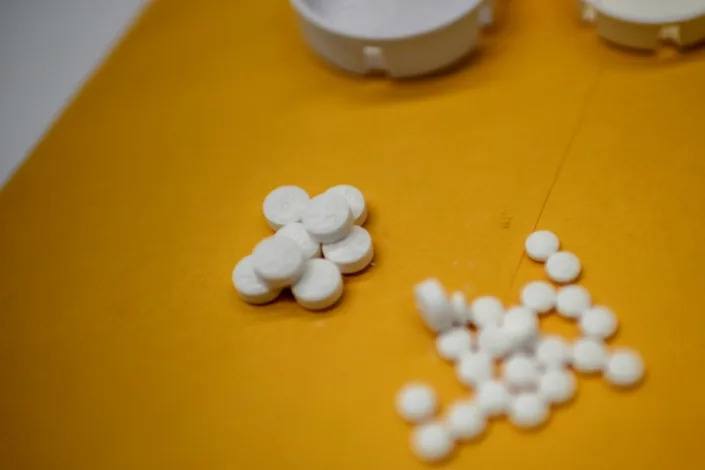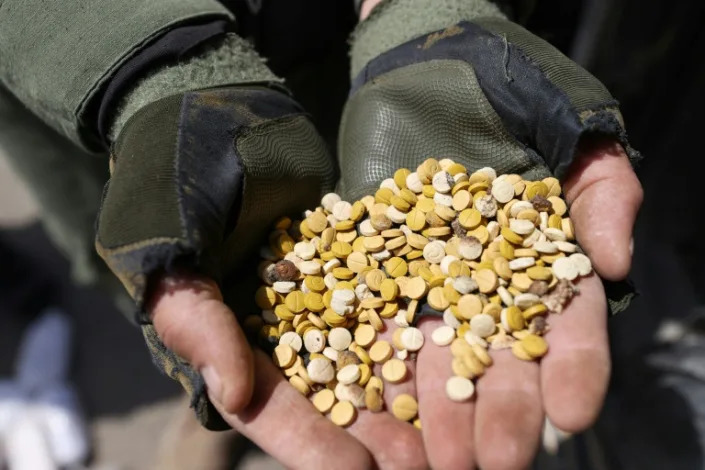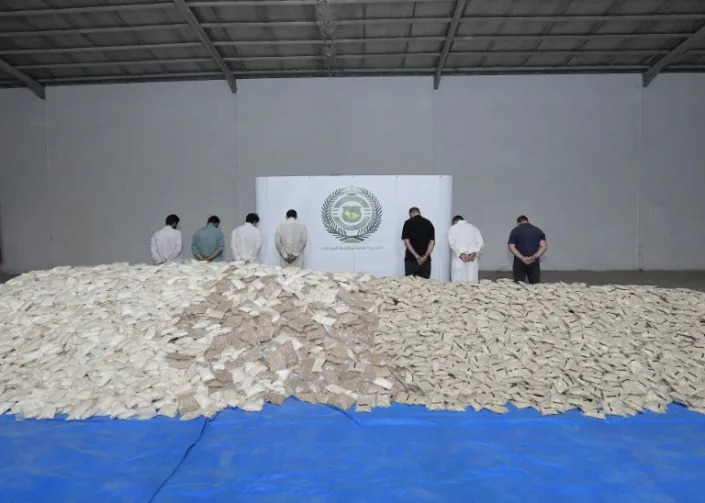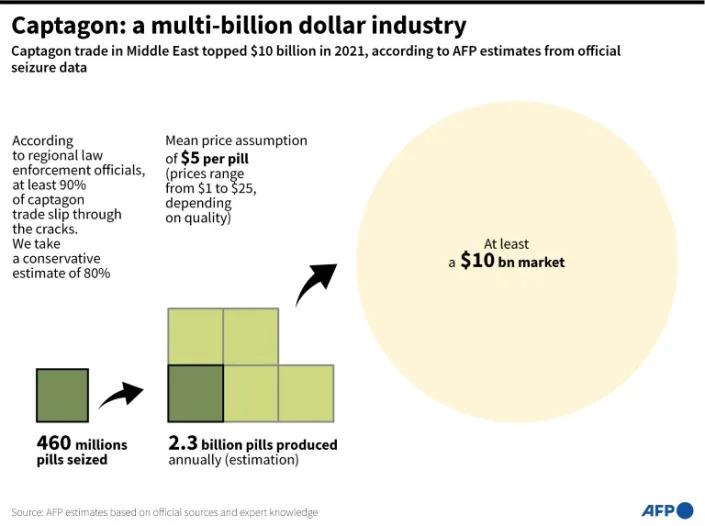Opinion by Stan Blade -

A tractor is reflected in the Agri-Food Discovery Place building windows while tilling a field at University of Alberta farm in Edmonton
If your mental image of agriculture includes a photogenic red barn and a person holding a pitchfork, you should know that things have changed.
Alberta is an agri-food powerhouse with a history of innovation: a significant player in the $8-trillion global food system (World Bank, 2019). The province’s agri-food sector has an estimated annual value of $56 billion (Simpson Centre, 2021) and employs 275,000 people (Statistics Canada, 2021) in primary production, food processing, grocery retail, and food and beverage services.
But this sector faces multiple challenges, some of them global. Even though we have the resources right here in Alberta to address them, the solutions must be driven by public and private investment in research and innovation.
This September, I welcomed first-year students to the Faculty of Agricultural, Life and Environmental Sciences (ALES) at the University of Alberta. I reminded them that they will be engaged with some of the world’s most pressing challenges. Managing our natural resources in a sustainable manner. Addressing the impact of climate change on food, forestry and energy sectors. Improving productivity to feed the world’s population.
Our students will graduate with the mindset, education and skills needed to take on these global challenges and move us into the future. However, Alberta’s agri-food sector needs to come together to set clear targets for what that future will look like.
Researchers in the ALES faculty work across the spectrum of agriculture, food, nutrition and human health to support the sustainability of communities, economies and the globe. Their work leads to innovations that contribute to the profitability and competitiveness of the sector.
They are using the latest tools in genomics to enhance the yield and quality of crops, increase feed efficiency in cattle and control greenhouse gases. Our 25,000 acres of research farms and ranches are helping explore how to manage carbon by locking it into our soils. Food scientists are working to improve food safety and teaming up with industry to create new plant protein products for a burgeoning market. Our researchers are collaborating with Indigenous communities to establish food sovereignty by developing community-led systems to produce, distribute and consume food.
We also believe the faculty has the opportunity — and responsibility — to provide evidence-based information to the public, governments and our partners in industry about the complex issues facing the sector. To that end, we have hosted forums on animal welfare, transgenic technologies, lab-grown meat and the implications of multinational agri-food company consolidation.
With concerted effort, collaboration and investment, I believe Alberta has the capacity to double its agri-food exports to $25 billion by 2030 using sustainable practices. But achieving such a target will require investing in research and innovation. It will require a clear understanding of what’s at stake and a strong commitment — from our many communities, the private sector, research institutions and governments — to build the sector.
There are hopeful signs that the opportunity is being recognized. In 2021, $11.3 billion was invested in global agri-tech (Investment Monitor, 2021). The ALES faculty’s recent partnership with SVG Thrive, an agri-food innovation incubator, is an example of how agriculture and food technology has captured the attention of venture capital markets.
The potential impact of these investments can be summed up in one sentence from my personal hero, Dr. Norman Borlaug, the only agricultural scientist to be awarded the Nobel Peace Prize. His innovative research and humanitarian advocacy are said to have “saved more lives than any person who has ever lived,” as the World Food Prize phrased it. In the 1990s, I had the pleasure of speaking with Dr. Borlaug and he paraphrased a quote for which he is famous: “The first essential component is adequate food for all.”
This is our time. Alberta has all the elements — remarkable people, extensive natural resources, crucial infrastructure — to lead Canada and the world in implementing the next generation of innovation to create food-secure, economically vibrant and environmentally sustainable communities.
Stan Blade is dean, Faculty of Agricultural, Life and Environmental Sciences, University of Alberta.



















